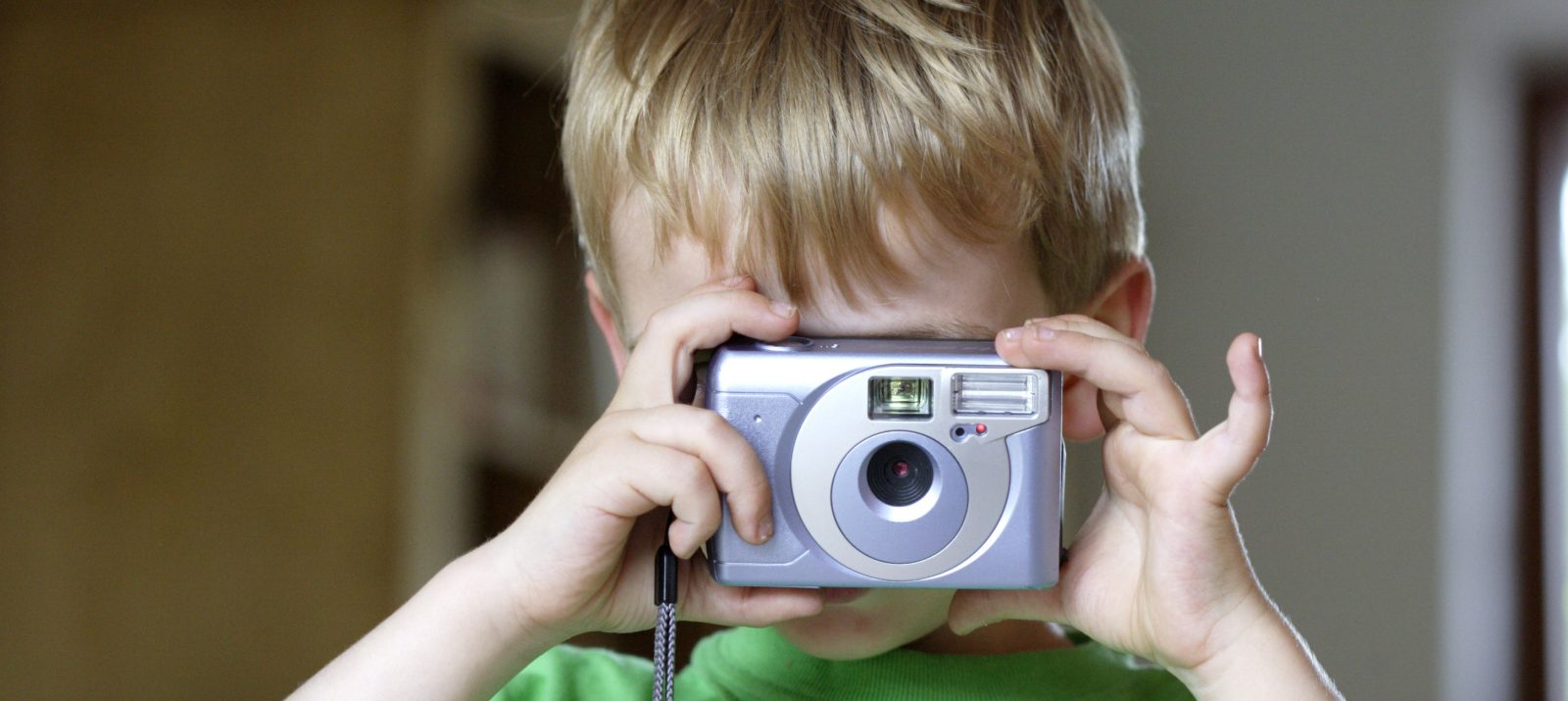
Kids photos are great! They show without big words how colorful, funny, exciting and chaotic everyday life with children can be. Thanks to smartphones, beautiful moments can be captured easily and quickly and shared with family and friends. In a few seconds the cute snapshot of the baby with the first porridge on his face is over Facebook, Instagram or WhatsApp shared
What parents find cute and share with the world can have quite unpleasant consequences for children (later). Even if you as a parent like all the photos of your child, put yourself in your child’s shoes! You probably don’t like yourself in every photo either. From the point of view of children’s rights, photos of children on the Internet are questionable, because too often they are posted without their consent. Just like adults, children have a right to privacy (Art. 16, UN Convention on the Rights of the Child) and the right to their own image, and thus the freedom to decide for themselves in principle what and how much they reveal about themselves.
Do not underestimate the fact that information and images are quickly spread on the net and can be found easily and for an unlimited period of time. Although a photo is deleted from the profile or blog, the shots may continue to circulate. Others can copy, alter and redistribute them. Children’s images can be misused for pedophile purposes or unflattering images can increase the risk of cyberbullying. It is therefore all the more important that you, as adults, deal consciously and considerately with your child’s personal rights on the Internet.
No, it doesn’t have to mean that! Children are part of our society and therefore they should be visible – also in the digital world. The decisive factor is how children are portrayed: In which situations can you see your child in the photo? Can you see the face clearly? Who can see photos when you post them? If you follow a few rules, there’s nothing wrong with sharing a child’s photo while preserving your child’s privacy rights. Not to be forgotten is the child’s right to participation (Art. 12, UN CRC), which is why it is important to involve children in an age-appropriate way and obtain their consent. We have summarized specific guidance on publishing children’s photos by age group. In the links below you will find the appropriate text for your child’s age.